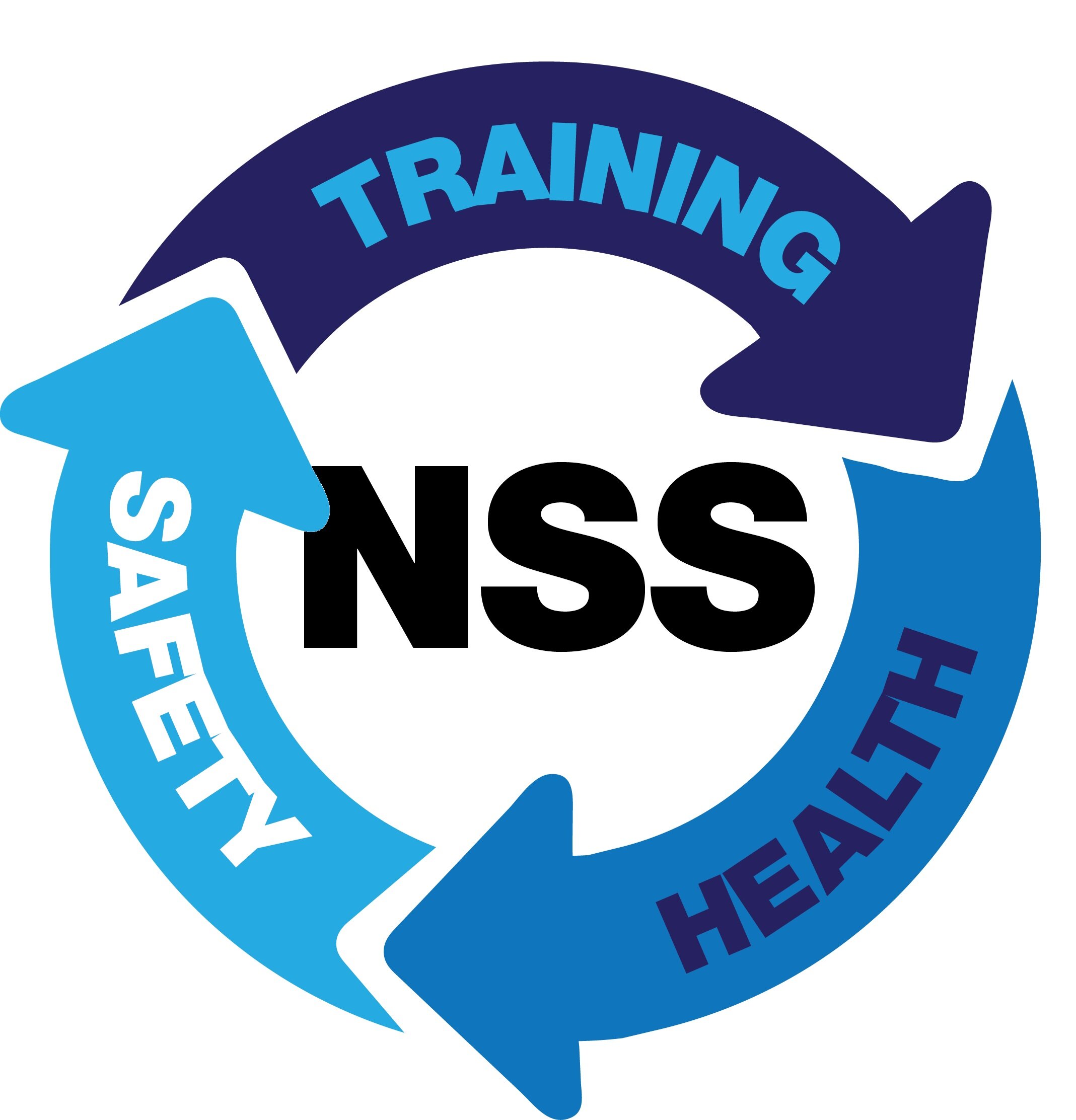Using the 7 C’s Acronym to Communicate Efficiently at Work
If you’re anything like me, acronyms are a great mechanism to help remember things. We’ve all grown accustomed to the KISS acronym (Keep It Simple Stupid) and it really does make an affect on the situation it’s used in.
In a book called ‘Effective Business Communications’, written by Herta A Murphy, Herbt W Hildebrandt and Jane P Thomas, there is a strong emphasis on the 7 C’s Acronym. These 7 C’s are: Completeness, Consideration, Concreteness, Clearness, Courteous, Conciseness and Correctness. There can also be a couple of extra C’s used (Clarity being another).
The reason behind this acronym is to help managers and workers to become better communicators by selecting the message content and style that best suits the purpose and recipient of a message. It can be used to understand various things, and in our case, to help them understand how to communicate safely at work.
Completeness
A complete safety and health communication should answer six questions:
Who?, What?, When?, Where?, Why?, How?
Like many structured conversations, the five Ws & H need to be addressed for people to fully understand the message. If you need an example, pull out our newspaper and read the first one or two paragraphs of an article. A good journalist knows this rule and includes all the information in the first few paragraphs.
By explaining everything to the audience, there should be no questions needing to be answered, resulting in:
Better decision-making, as the recipients gets all the desired and critical information that’s relevant to them
Saving time and costs of additional communication
Developed and enhanced reputation of the sender/company
Consideration
The sender must take into consideration the receiver’s mind set, comprehension levels, background, and viewpoints, when delivering a message in order for the communication to be effective. A great line from the book is; “Emphasise what’s possible rather than what’s impossible.”
By showing an interest and mutual respect, communication becomes more beneficial resulting in:
A positive reaction by the audience
Concreteness
To deliver concrete communication, support your message with concrete facts creating a more solid and convincing message, resulting in:
Strengthened confidence in the message
Less chance of misinterpretation
Conciseness
Conciseness means wordiness. To be concise, you need to communicate what needs to be said clearly, while using the least possible amount of words - while still acknowledging the other 6 C’s of communication. Concise information is very important in effective communication, resulting in:
Saving time and money
The key messages are conveyed
It is more appealing and comprehensible to the audience
Clearness/Clarity
When relaying a message to someone, being concise is very important. This ties in with being clear and using clarity. Jargon is a big no-no. Think of a Doctor’s office. When they speak using their clinical Jargon, it usually doesn’t make much sense to the everyday person but when they completely change the way they explain things to consider the person’s experience, the person will get a much better understanding of what is being said. Don’t use technical or business jargon unless you’re confident that your audience is familiar with the terms. A clear communication focuses on a specific message, rather than trying to achieve too much at once which results in:
Information being delivered easily to the receiver
Enhanced meaning of the message.
Correctness
Much like anything, you can’t spread information unless you know that it’s true. When sharing a message to someone, you must understand the facts and have checked that it is true. This can also mean the use of proper punctuation, grammar and spelling. Relaying the information correctly results in:
A greater impact on the audience
Supported with facts, the sender can be trusted more by the audience
Less chance of misinterpretation by the audience
Courteous
Being courteous when communicating is very important. This relates to the sender being sincere, polite, respectful and enthusiastic. Courteous messages involve the following:
Taking other viewpoints into consideration
Being unbiased
Being aware of the 7 C’s acronym will help you become a better communicator. When trying to communicate efficiently at work, you will notice the difference in your audience’s attention and reaction when using this.

